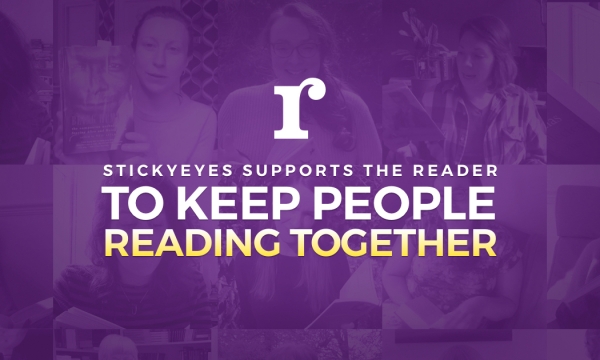
It wasn’t that long ago when marketers were dismissing email marketing as a dying medium. With social media firmly established in the mainstream, it was Facebook and Twitter that were influencing people, not their inbox.
But whilst it’s true that social media has had an enormous effect on marketing in general, email marketing has actually showed no signs of slowing down. The statistics speak for themselves. According to the Direct Marketing Association;
- Email marketing remains an “important” or “very important” marketing channel for 89% of organisations.
- Email marketing is regularly used by 71% of B2B brands and around two thirds of B2C brands.
- Brands are attributing as much as 4,300% ROI on email marketing.
Email marketing isn’t dead. It’s rejuvenated.
One of the critical driving forces behind the revival of email marketing is the smartphone. Almost two thirds of email marketing recipients are reading direct marketing emails on their mobile devices (essentially, phones and tablets). But while the mobile has put new life into email marketing, it brings its own challenges – and just how have marketers reacted?
Responding to the change.
Shortly after responsive websites became the standard for creating a cohesive online experience, the same rules started getting applied to emails. After all, websites and emails are responsive by default; it’s only the years of fixed size layouts that created the restraints in the first place.
Responsive email means you can deliver a dedicated email experience regardless of screen size, resulting in higher conversion rates, better click-through rates and wider audience reach. In fact, research shows that 63% of people would either close or delete an email that wasn’t optimized for the device they were viewing it on. This is huge percentage of potential customers to be missing out on.
However, there are undoubtedly pitfalls.
The biggest hurdle in creating a truly responsive email is email client support. In the never-ending battle against spam, email clients have to heavily restrict the amount of design customisation allowed. This results in a lot of the lovely CSS that we use in designing our websites being disregarded when designing emails – or at least, emails that we at least want people to read.
Media queries are now standard practice in adapting your design based on screen size and luckily, most mobile browsers support them. However, you still have to keep in mind that some people will still be viewing their emails in Outlook 2000 on their work computer.
It’s a little bit like supporting old browsers and if you thought that getting your design to gracefully degrade in IE7 was difficult, try supporting all versions of Outlook on your next responsive email campaign!
Like standard web design, responsive email design is constantly evolving and new tools and techniques are surfacing all the time. Recent months have seen the emergence of responsive email frameworks such as INK by Zurb, which tries to modularise key elements of email layouts and give designers a ‘pick-and-mix’ of popular campaigns to use in their own (think of it like Twitter Bootstrap, but for emails).
So what now?
So after establishing that responsive design is indeed the saviour of email marketing, what can we take away from this, and where does the design community go from here?
Test, test and test again.
Not only do we now have to design emails with different browsers in mind, the world is filling up with devices of all shapes and sizes. It won’t be long before you’re reading your emails on your fridge and checking Groupon on your watch.
Know your audience.
Research is one of the most valuable (and probably overlooked) aspects of email marketing. If you know the demographic of your customers it becomes much easier convincing them to convert.
You are not alone.
When you are banging your head against your keyboard because Outlook isn’t playing nice, take solace in the fact that someone has already been there before. Newer, more helpful tools and resources are popping up all of the time to help take the headache out of responsive emails.
Don’t write it off.
As antiquated as a technology like email might seem, and just when you think it has reached its peak, there is always room for improvements and new techniques.
Want to know more about our approach to email design? Get in touch and see how we can help.



